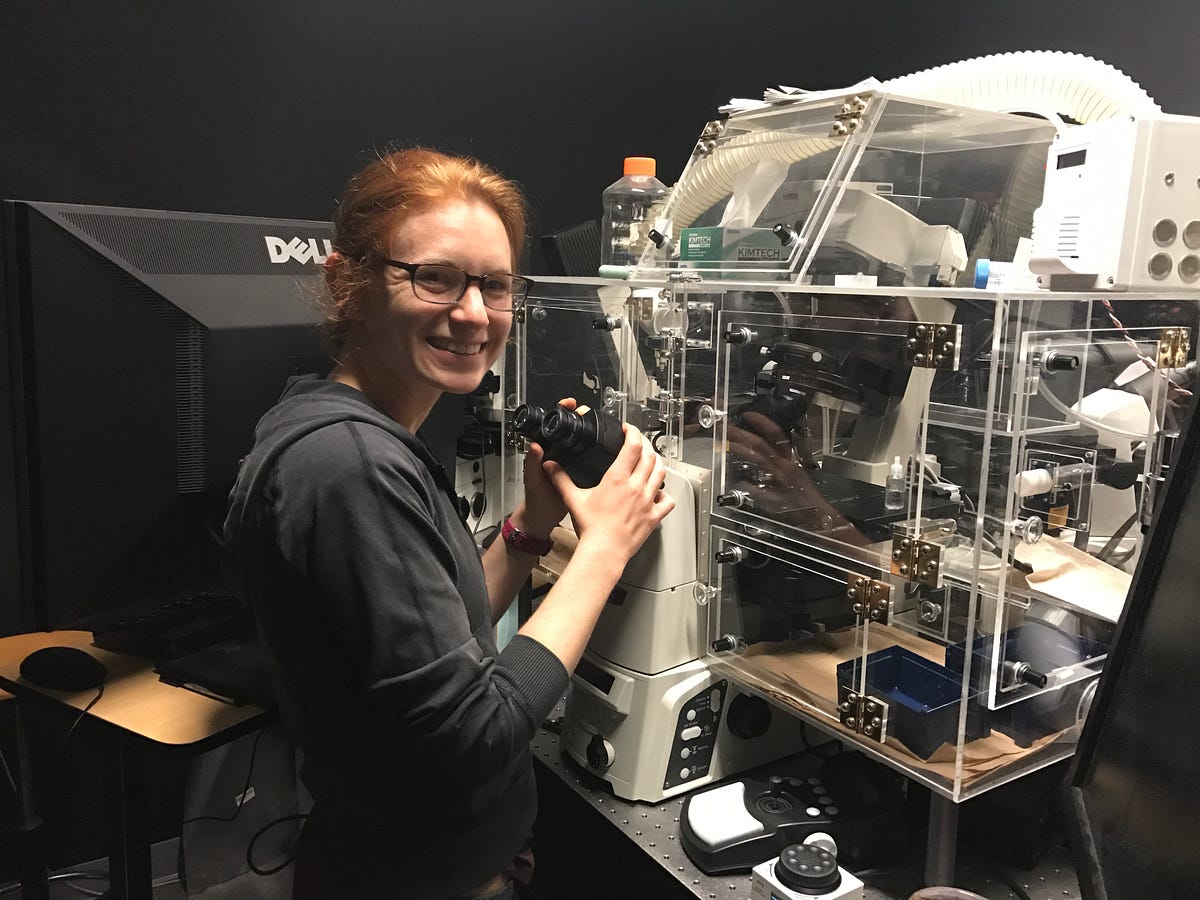Looking Inside Rare Cancer-Resistant Cells

Sydney Shaffer, an MD/PhD student, works in the lab of Arjun Raj, assistant professor in the Department of Bioengineering. The Raj lab is focused on the inner working of cells, particularly the DNA transcription processes that might make one cell behave differently than its neighbor.
Shaffer and Raj, along with fellow lab members, colleagues from Penn’s Perelman School of Medicine, and researchers from the Wistar Institute and the University of Delaware, have recently published a study about how these processes might confer drug resistance to cancer cells.
In melanoma, some cells respond to the drug vemurafenib, whereas others do not. Shaffer and Raj sought to determine whether these cells were mutating in response to treatment, or if they contained some pre-existing trait that predicted this resistance.
In their paper, “Rare cell variability and drug-induced reprogramming as a mode of cancer drug resistance,” published in the journal Nature, the researchers found that transcriptional factors in certain cell populations lead to their ability to resist the drug before treatment ever begins. These findings could inform drug dosage and timing decisions to make melanoma treatments more effective.
On the Bioengineering Blog, Graduate Association of Bioengineers Co-President Meagan Ita interviewed Shaffer about the origins of the study and some of the “a-ha” moments that led to the paper’s publication.
There, Shaffer says:
For the first two years of working on this project, we actually didn’t have a clear question in mind. I was just trying a bunch of different experiments with melanoma cells, and I noticed something that we found thought-provoking. Whenever we gave the melanoma cells a particular drug, they would become resistant at exactly the same point in time. At first, this may not seem unusual, but for example, if everyone showed up at a restaurant to eat lunch at exactly noon, you would guess this was not happening purely by chance. Maybe classes let out right beforehand? Or a big meeting? For the melanoma cells, we would similarly expect there to be a range of different times for the cells to become resistant, but instead it all happened at once.
This observation helped us figure out that the drug-resistant cells probably already exist before we treat them.
Continue reading at the Bioengineering Blog.
